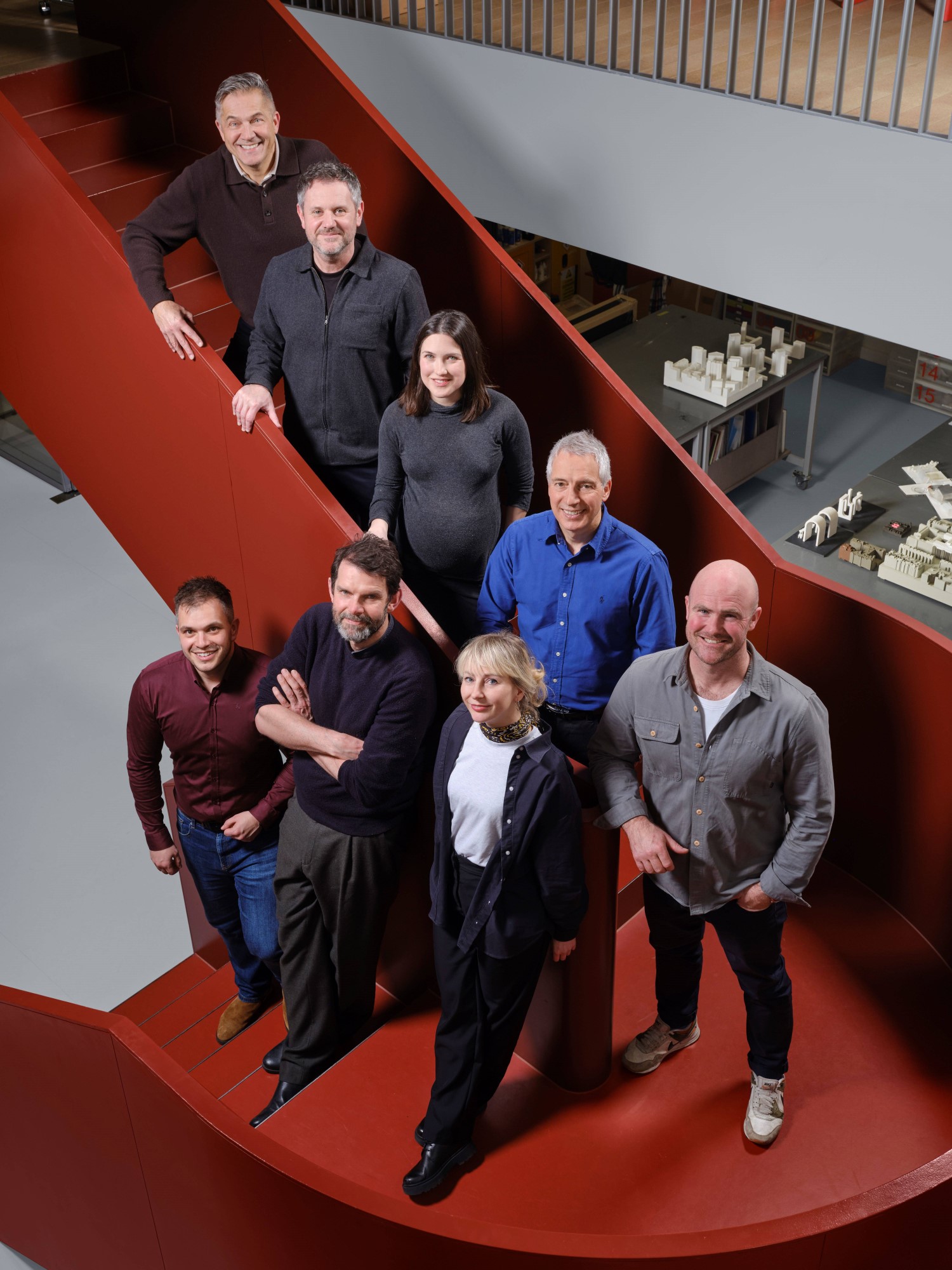Growing our forests
A notable focus at the conference was the timber industry’s commitment to enhancing both the adoption of timber in construction and the expansion of the UK’s commercial forests. The UK currently has a lower percentage of commercial forest compared to many European counterparts. This highlights an opportunity for growth, yet there’s still a need for increased political and industry backing.
Timber’s role in sequestration
There’s a palpable shift towards viewing timber not merely as a construction material but as a significant carbon store. By increasing the use of timber in construction, we’re effectively promoting tree growth, which sequesters and stores carbon. This long-term storage offsets the immediate carbon emissions, making timber a sustainable choice with environmental benefits.
Demand is increasing, knowledge is advancing
Projections suggest that timber volume demand could surge to approximately four times its current level by 2050. This anticipated growth underscores the industry’s need to adapt and innovate to meet future demands effectively. An expanding breadth of knowledge within the industry was evident, particularly concerning Cross-Laminated Timber (CLT), Glulam, and Laminated Veneer Lumber (LVL). While these engineered timbers have garnered significant interest, it’s important to remember that design efficiency remains paramount. For instance, a four-meter span of timber joists can often be more materially efficient than an equivalent span of CLT.
We need to explore all risks to deliver more exemplar precedents
There’s a growing interest from architects, engineers, and clients in leveraging timber for construction. Initiatives like the Mass Timber Playbook, with its insurance focus, aim to encourage more widespread engagement with timber among developers. However, concerns persist regarding risks, such as floods or fires. As designers, we need to continue to set precedents and demonstrate that timber can be designed to mitigate these risks effectively, as well as to enable repair or reuse, rather than demolition. A poor design at this stage would have a major impact on the growth of the industry. We need to work together across the built environment to ensure that problems with timber construction are appropriately considered and robustly designed for — interrogate testing data we receive and ask questions of the processes involved. The ambition to increase the use of timber in construction is commendable, but it needs to be done in a safe way and from a point of knowledge of the material. We can’t just swap steel or concrete for timber, but instead must use the material in ways that suit its strength
Diversification
Ongoing efforts are underway to explore a wider range of native UK timber species. Avoiding monoculture or relying on a narrow species group is essential to safeguard against potential risks, such as disease outbreaks — as seen with ash dieback.
It’s clearer to me than ever that we will play a crucial role to ensure a sustainable future for timber as we continue to learn, adapt, and embrace these changes together.






